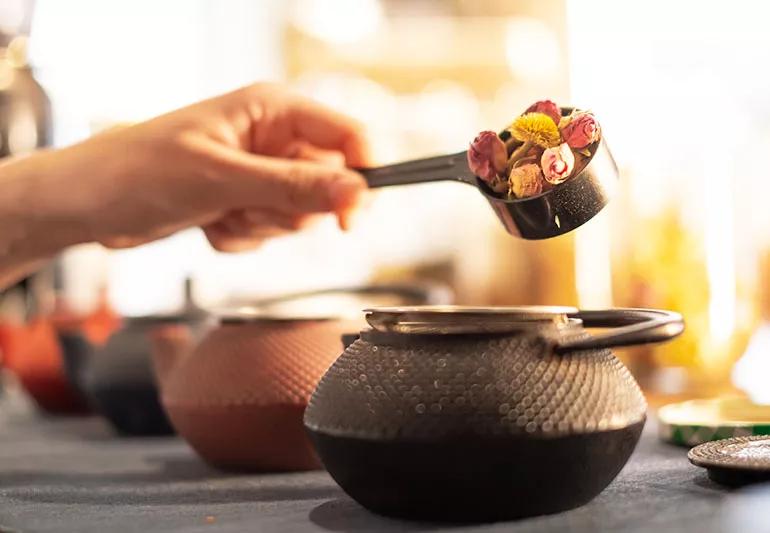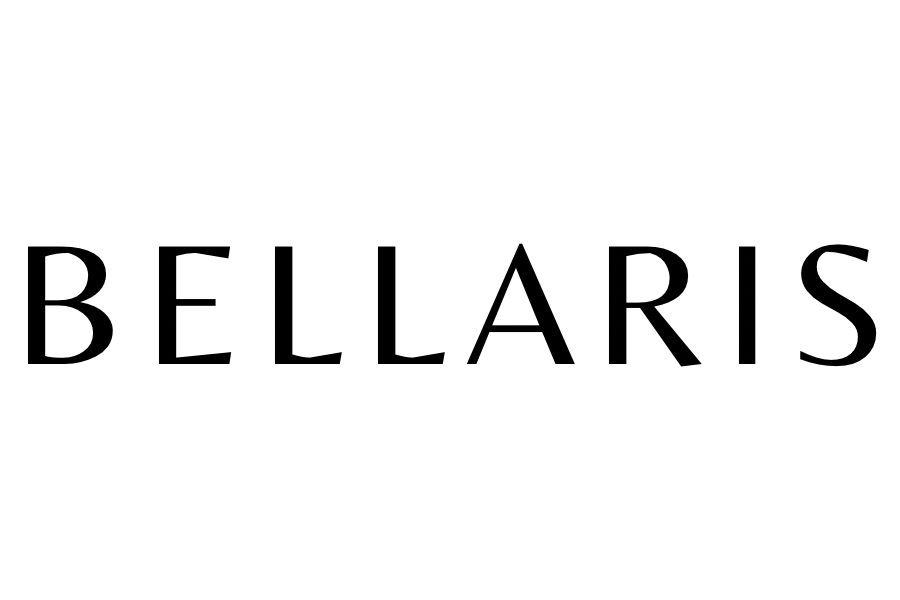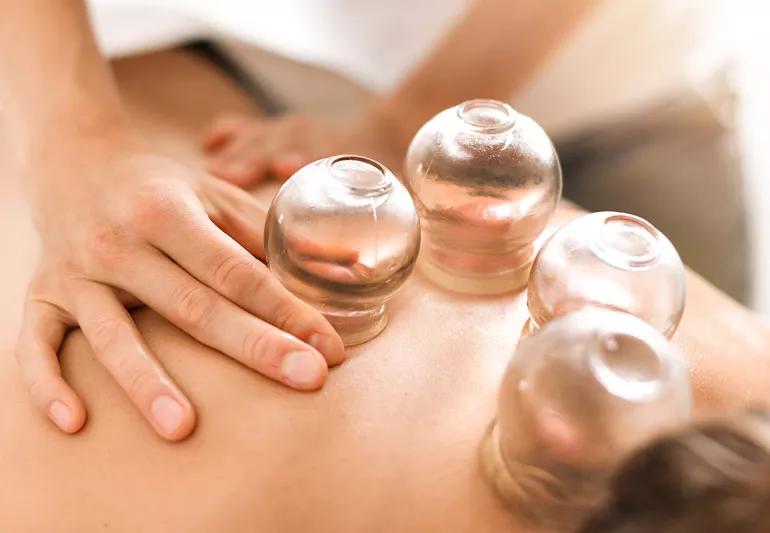What is TCM?
Traditional Chinese medicine (TCM) includes acupuncture/ acupressure, diet, herbal therapy, meditation, physical exercise, and massage (Tui Na). TCM is also recognized as Oriental Medicine. The practice has been used for over 2,000 years to help diagnose, treat and prevent illnesses.
TCM major theories are:
- Qi: an active substance also recognized as “the vital life force”.
- Yin and Yang: Treatment goals are centered around balancing the Yin and Yang through harmonizing the body, mind, and spirit
- Five Element Theory
- Water
- Wood
- Fire
- Earth
- Metal
In my perspective, TCM is a holistic practice used to treat the root cause of an illness instead of the symptom. TCM focuses on maintaining one's health while keeping Qi flowing and balanced. An imbalancement of Yin and Yang can cause a blockage in our Qi which can lead to the cause of diseases. If Qi is balanced then the individual’s spiritual, emotional, and physical health is also balanced. Many practitioners will use external information as it is an indicator for an internal issue. Taking into consideration the external symptoms that appear can help acupuncturist determine a treatment plan.

Acupuncture/ Acupressure
Acupuncture is the practice of inserting thin needles into the skin on the meridian pathway. This encourages the flow of Qi and blood for overall balance and improved health. There are specific points on the meridian pathway that can help treat individual illnesses/ diseases. Some practitioners will use electrical stimulation on the needles to increase healing effects from the standard acupuncture.
Acupressure works in a similar process however no needles are involved. Pressure is placed on specific points to encourage the flow of energy in the channels.
-
Upset stomach (nausea) caused by surgical anesthesia and cancer chemotherapy
-
Dental pain
-
Headaches
-
Menstrual cramps
-
Tennis elbow
-
Fibromyalgia
-
Osteoarthritis
-
Low back pain
-
Carpal tunnel syndrome
Acupuncture treatment doesn’t end with the examples above, acupuncture can help treat other illnesses as well.

Chinese Herbal Medicine
TCM believes in creating formulas and recipes that contain different herbs with different functions. Herbal remedies are prescribed to restore energy balance of Yin and Yang (the opposing forces of energy). Herbs are mainly plant based however some may be prepared with animal products to form into powder, tablets, powder and lotions. Each herb is categorized in different properties that assist in balancing particular areas of the body. Note that too much of one specific herb can throw our balance off (Aka: our yin or yang are not harmonized which can cause an illness to worsen).
Gua Sha/ Tui na/ Cupping
Tui Na is a well respected modality treatment in China. It is a type of Chinese massage that uses hands and arm techniques to realign muscles, tendons and ligaments with applied pressure at certain locations of the body. It is also used to open the body's defensive chi in order to allow energy to flow through the meridian channels.
Gua Sha is an ancient Traditional Chinese Medicine (TCM) technique used to help treat illness. Gua Sha is also known as skin scraping therapy. This therapeutic approach stems from the ancient healing technique of scraping the body surface with a tool. Cupping is a modality treatment closely associated with Gua Sha, stemming from the idea of scraping the body to release toxins. Cupping however, also uses a form of heat and suction. The technique of massaging the body to reduce illness, drain body fluid and circulate Qi. In TCM, Qi is our life force, an essential substance in our body. It is vital that Qi circulates and flows without blockage for optimal health.


